





Aidan Klimenko
Heidi: Your work has an impressive range – it would be hard to categorize. You mentioned your work asks questions. What questions you thinking about in your recent personal work.
Aidan: I’ve always been drawn to photography because I’ve seen it as an access point to the world. A license to ask, to look, and to learn. Sometimes I find answers, but most often I just find more questions. With this current work that I’m making while in grad school, I’m taking my interest in landscape—an interest that’s been fostered in objectively beautiful places like Antarctica, the Amazon, and Patagonia—and applying it to the contemporary urban, corporate, and residential environments of Los Angeles.
The questions that I’m finding myself thinking about while I walk around and photograph stem from my personal experience of moving to a big city for the first time after years spent living on the road, mostly outside in nature. LA is bizarre and layered. It’s a mix of so many things without really having a centralized, defined identity. And it’s home to a lot of this American obsession with concrete, stucco, and bright colored walls that I’ve been finding myself interested in using as elements to question our relationship with this environment we’ve built and surrounded ourselves with. I’m using this time in school to learn about creating work that provides space for the viewer to have their own relationship with the images—space to ask their own questions instead of making images that are limited by the answers they provide.
It’s interesting, you’re challenging what a wall is – using that typology to question the meaning of a barrier or confining something. Is this an act of resistance in your mind?
Yes, I think so. Or, at least it started out that way. When I first started walking around Los Angeles, it was easy to make work that directly contrasted the open air, natural landscapes that most would think of when they consider the term “landscape”. The images came easily, but quickly felt cliche. Somehow singular and predictable in their general pessimism. It’s easy to focus on the strictly negative–especially here in LA. It’s a dirty city with a massive unhoused population contrasted with insane wealth, all in and around and on top of itself. To treat it only as one thing—whether grimy or glamorous—would be a very narrow point of view. There are so many aspects to LA, and as I continued to walk and to photograph, I began to find myself interested in the complexity of these layers and in how they’re represented in the community architecture of subways, storefronts, traffic markings, and yes, walls. So much of it is colorful and built to look nice, but ultimately to direct or deter us in one way or another. Not meant to be comfortable. Liminal in nature. You’re allowed here, but only to a certain capacity and not for very long.
And then, layered onto these surfaces of glossy colorful paint or polished steel are traces left—markings, scribbles, covered graffiti or hand prints that show a back and forth that is sometimes violent and other times subtle. Visual responses to this landscape, or in resistance to it.
It’s been a fun exercise to shift from relying on obviously compelling subject matter (like penguins in Antarctica or secluded communities in Greenland) to make compelling images. I miss spending my time in nature, and I’m sure that’s seeping into my work. But this has been a very rewarding chapter that’s leading me in a direction that I’m finding quite engaging.
Rather than responding to a market need and losing control of your photographic voice, you are staying true to your development.
Hey, I’m trying! Your best work will always be the stuff you’re passionate about. I’ve always believed that leaning into finding and establishing your own voice as an artist will eventually lead to an identity that’s more uniquely yours rather than a style that looks like everyone else’s following whatever the latest trend. And on top of that the work that is the most fun to make often is the often strongest. Good things come from good work so I try to stay true to making work that inspires me.
I’m still very much on this path of finding my visual identity and am constantly reminding myself to prioritize making work that gets me excited. But doing this is easier said than done, especially when you depend on your artistry for income. In my 20’s, my answer was to live in my truck. By not needing to keep up with rising rent costs I was able to pursue projects that I resonated with rather than having to sacrifice my vision to pay bills. But I recognized this as somewhat temporary solution—despite lasting 7 years on the road without paying rent!—and not likely a sustainable long term path that would lead to the things that I wanted for adult-me, like a stable family lifestyle. Now that I’m in LA, married and starting a family, things have changed and that discipline of staying true to the work that inspires you is much more difficult. LA is an expensive city and my continued path of finding my place within its working professional photography scene has not been a direct one or particularly easy. But it’s led me to some interesting places—some of which have resonated in surprising ways, like commercial fashion and architecture and others not as much. I’ve tried to remember that it’s hard to know whether or not you like something without ever trying it. There are lessons to be learned in even the most unexpected places and on the most unpleasant of jobs.
How do you exercise discipline and fight the temptation of trends?
I’m as tempted by trends as anyone and I’m happy to experiment with new ideas and see what sticks. I take with me whatever I think I can use to get closer to my evolving identity and leave the rest behind.
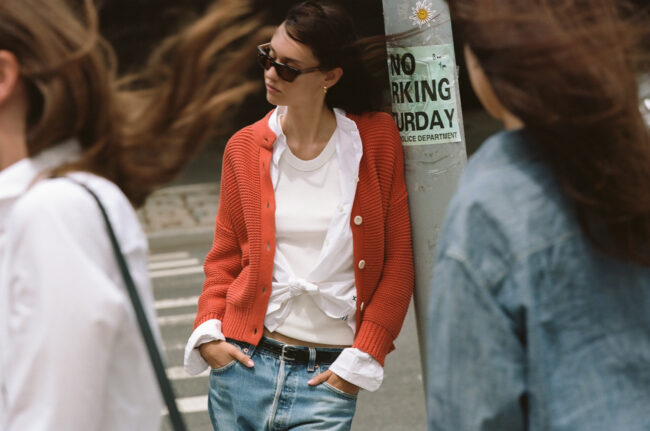
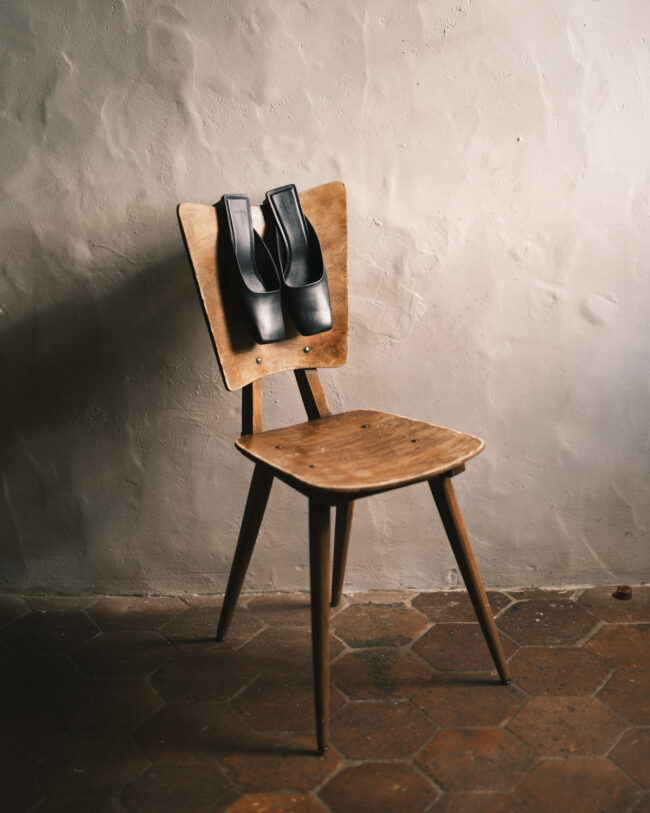
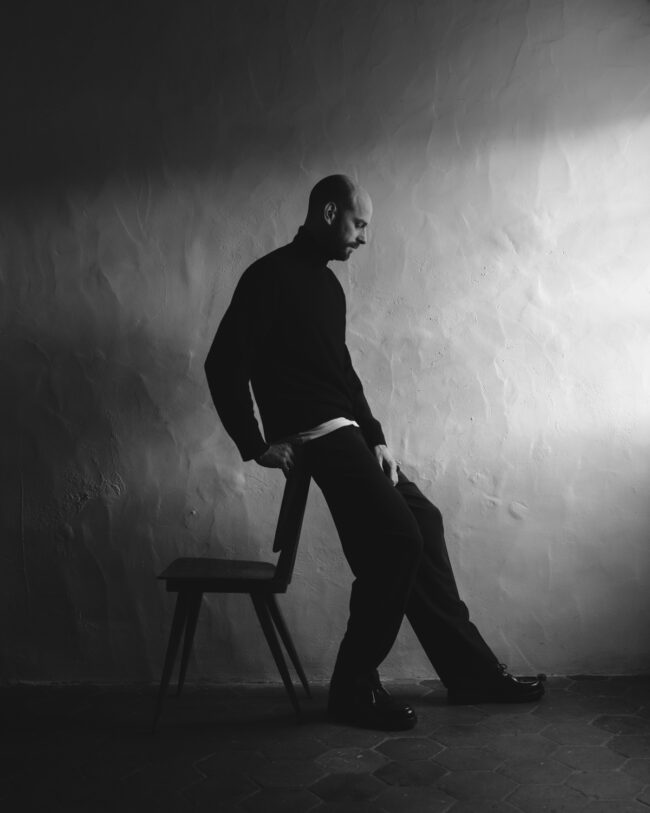
How does fashion and architecture interplay in your images, does one inform the other?
I’m curious about what connects us, both across continents and within our communities. My work has always touched on environment, sometime on a personal or cultural level and sometimes in more remote, abstract ways. But even when I’m in the middle of nowhere I’m thinking about how we are affected by these places and how we in turn affect them. Fashion reflects how we present ourselves to one another socially—how we choose to either fit into a social environment or stick out from it. One of the many “threads that connect us” if that’s not too on-the-nose. And I think architecture deals with how we as a society choose to interact with our physical environment. The building materials we use, the colors we choose, the space we give ourselves (or don’t) reflects so much about our societal values, our place in the world and our relationship to it. The work I’m making in school is architectural and while it doesn’t directly feature people (yet) it is still very much about people.
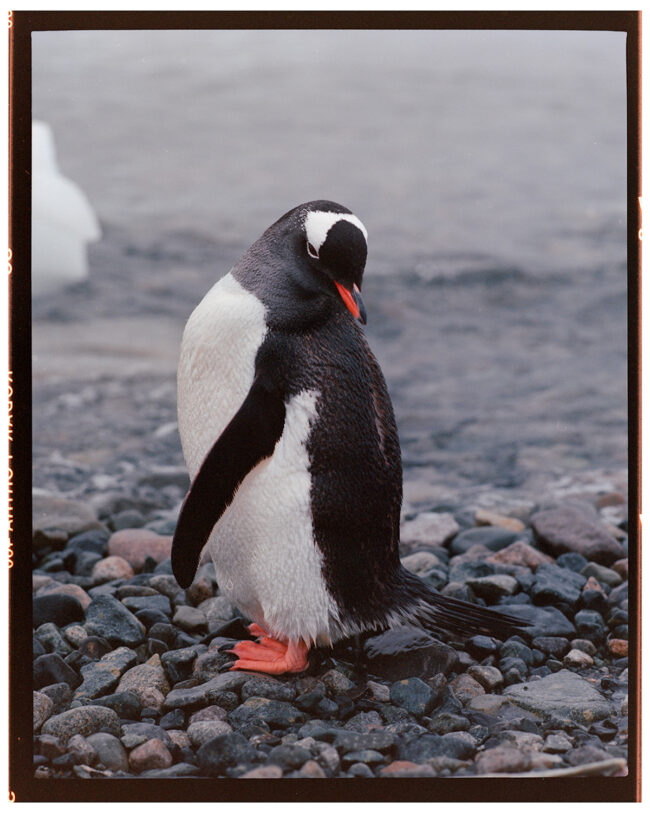
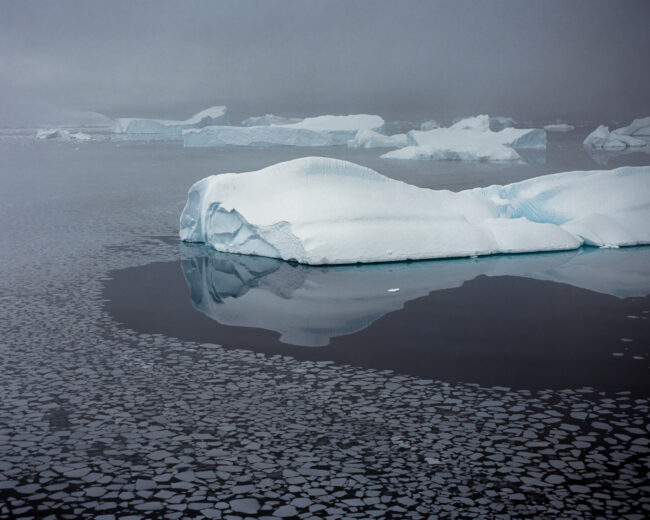
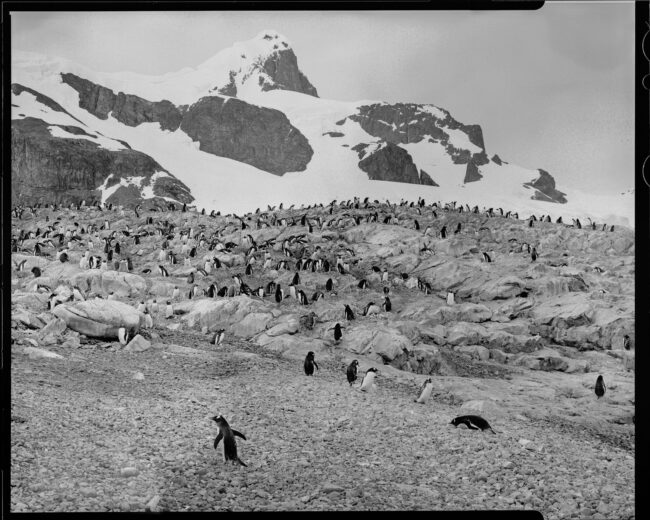
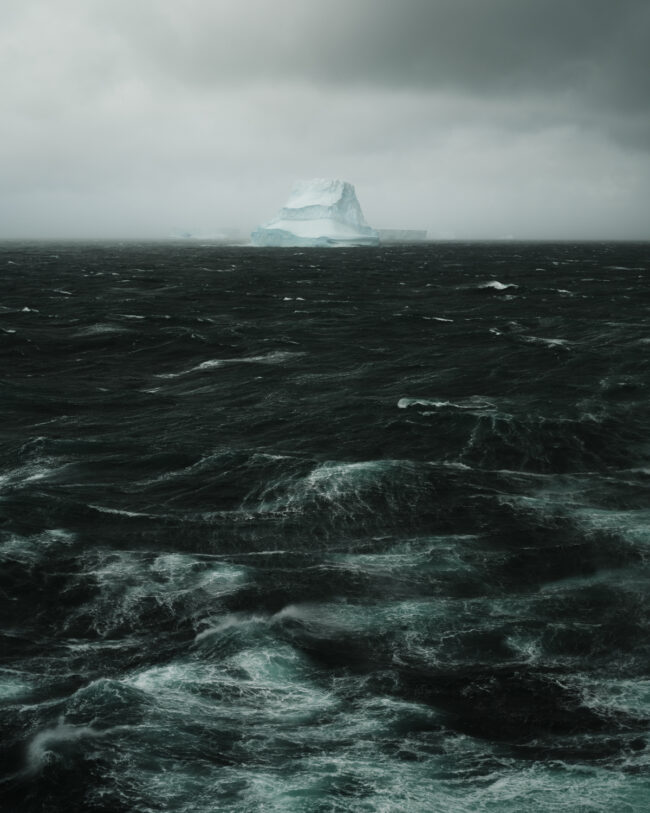
Your Antarctica work is a sharp contrast to your state fair work in both tools and approach. Tell us about the approach for each.
Both my Antarctica and State Fair work are ongoing projects and contrast each other (and themselves) as they are both unfinished collections of images made over the span of a few years and a few different developmental stages in my photographic path. I’ve had the privilege of having visited Antarctica a handful of times since 2019, and each time I go down I’ve experimented with different viewpoints and perspectives. This often manifests in a variety of obsessions with different cameras and the aesthetics that each camera system provides. From grainy black and white 35mm to color 4×5 film to digital medium format… who knows where I’ll be in my journey of endless experimentation the next time I get the opportunity to get back down there.
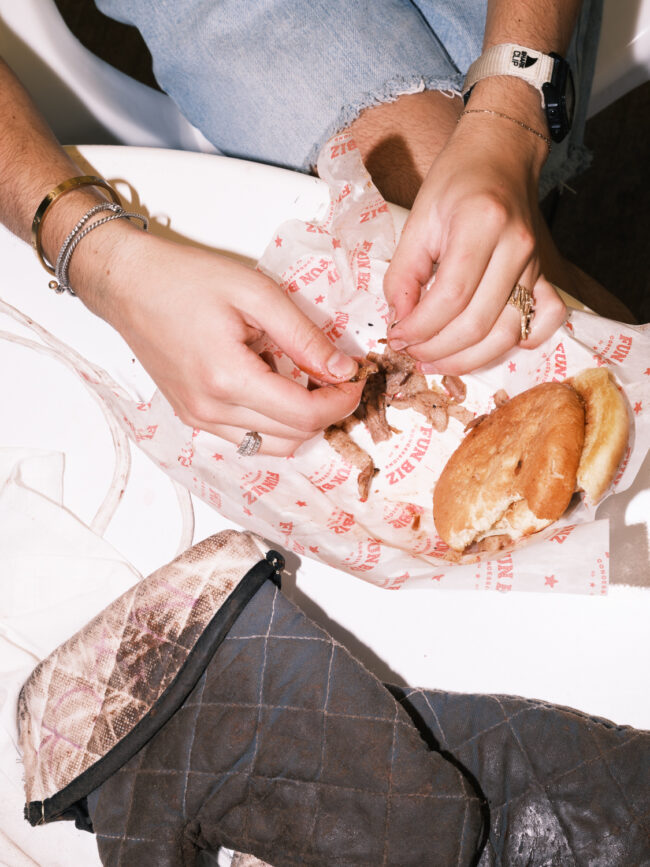
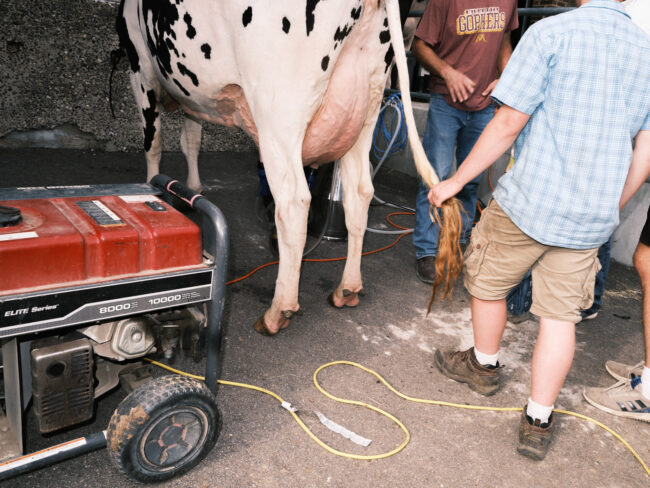
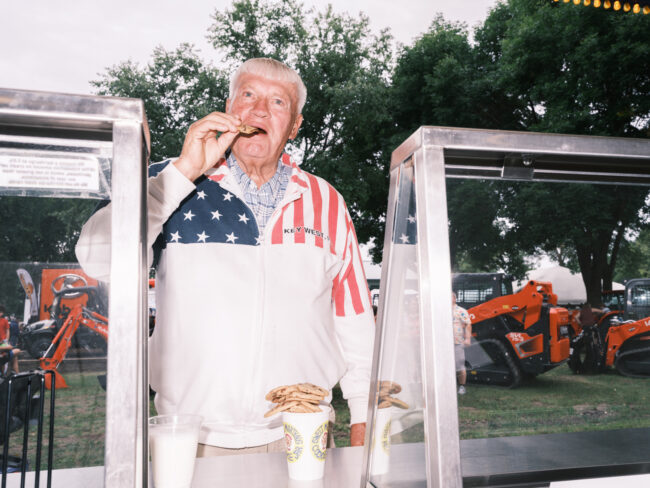
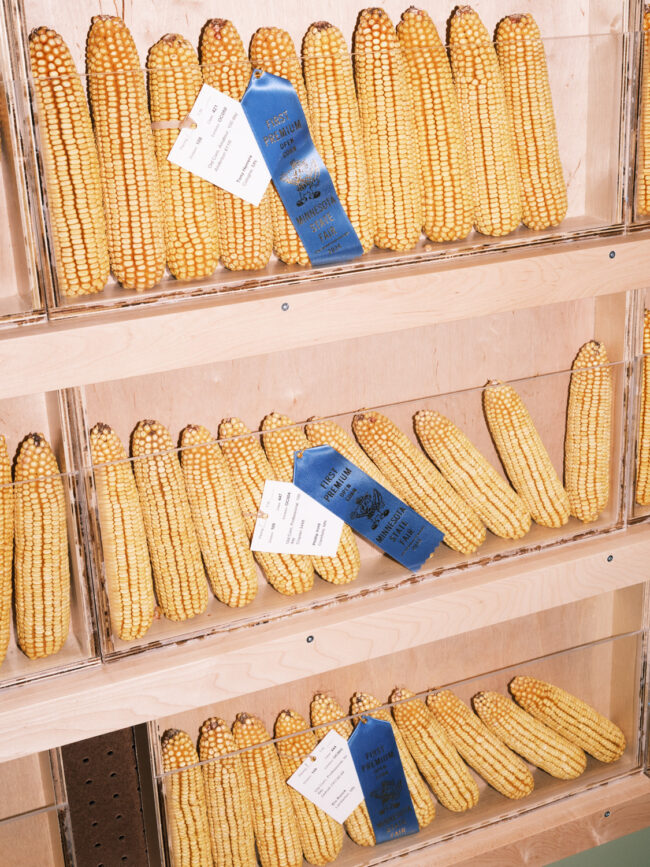

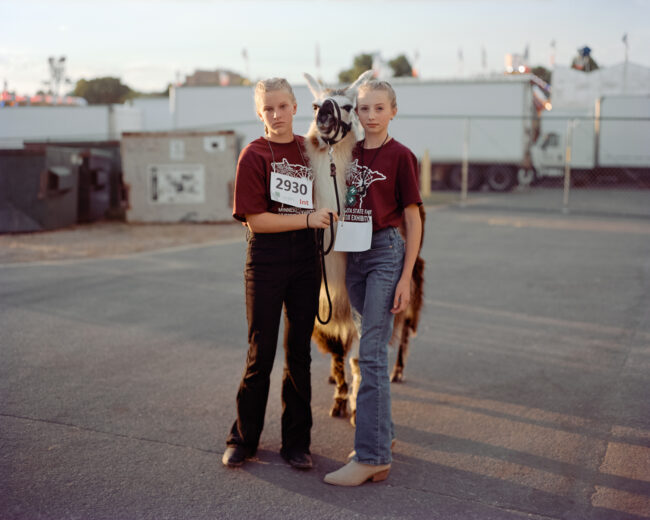

As far as the State Fair goes, my wife’s family runs a chocolate chip cookie company at the Minnesota State Fair. I was never a big state fair goer growing up but since it now looks like I’ll now be going every year to bake cookies until the end of my days, I figured I’d better make some images along the way. I started with my 4×5 over my shoulder finding quieter moments amidst the dusty chaos of fried food and farm animals. The 4×5 is an ice breaker. People are curious about it and much more willing to have their photo taken than when I carry a more “normal” looking camera. But after starting back at school I was tasked with trying something completely different. Give up control. So I decided to lean into the chaos, ditch the tripod, shoot digital, play with flash, and shoot from the hip (maybe glancing at the camera’s fold-out screen, maybe not). I’ve recently been combining the 4×5 images with the digital in editorial pitch-deck PDF’s with the thought that it shows the breadth of my technical skills while covering a single event.
After commercial and editorial success, here you are back with creating more personal work – asking more questions – what are you hopes for pushing the personal body of work?
I’ve written like 10 different responses to this question and still don’t know if I’m any closer to being able to answer it. I’ve been pushing into the commercial and editorial worlds and I’ve certainly had wins here and there but I have by no means found any sure-footedness in either. While I continue to pursue financial stability I keep coming back to the mindset that I mentioned above: make the work that makes me feel something, at any cost, because that will be my strongest work. All the “wins” or “successes” I’ve had seem to have stemmed from work that I’ve made solely because I’m passionate about it. Personal work.
However, when I was last in South America making Autopista Autopsia, I wasn’t quite able to find the creative flow that I’ve heard other artists talk about. I was pushing my personal work in a new direction but I was having a hard time knowing how to get there. Listening to interviews and reading about the making of projects and books that I’ve always looked to for inspiration, I would hear stories about how one image would effortlessly lead to the next or about how good it felt to be making the work that artist was making. I, on the other hand, was feeling blocked up and I didn’t know how to move past feeling like I was forcing the work. On top of it all, I didn’t feel like I had the right community to turn to for constructive criticism. For too long, I was using social media as the only arena for showing personal work and getting feedback.
I needed help rethinking my creative process and reestablishing my relationship to the medium altogether.
The pursuit of a MFA in photography will absolutely not provide a road-map to success in the commercial world. In fact, if anything, it’s sure to steer me in a completely different direction all together. Though I do think it will bring me closer to creating work that points me towards the core of my artistic identity. And the stronger the personal work that I can put out into the world the more likely it’ll lead to that next “win”.
I won’t ask you about your truck, when was the last time you heard from the previous owners?
The truck! The previous owners are a Swiss couple who are currently living out of their van somewhere in Europe. We follow each other on Instagram and I drop them a line every few month with photos or with mechanical questions about this or that as all the manuals they left me are in German. It’s a very wholesome relationship that I hope to have with whoever I pass the truck along to, someday, maybe.
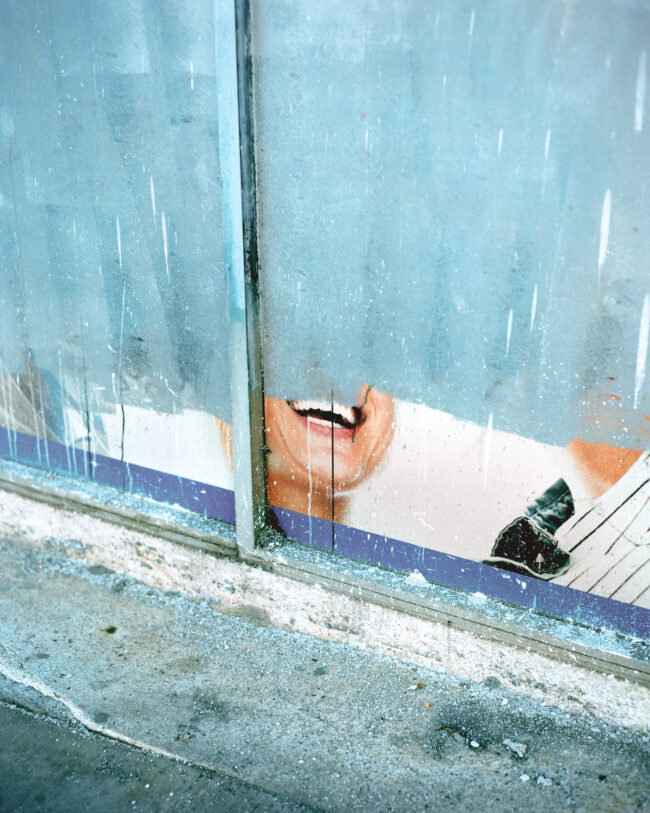
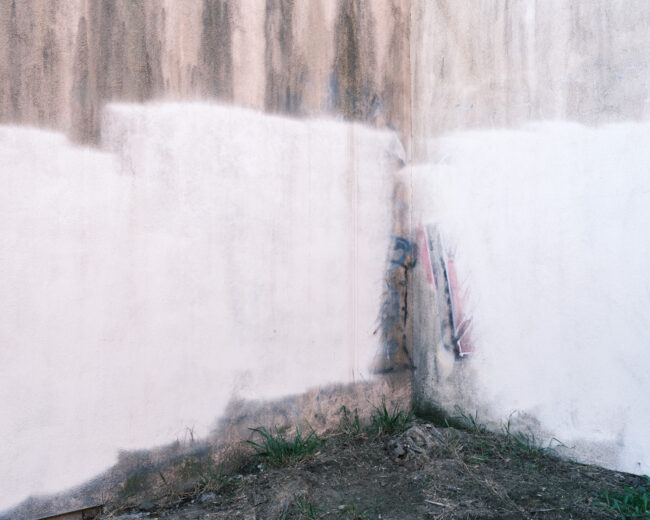
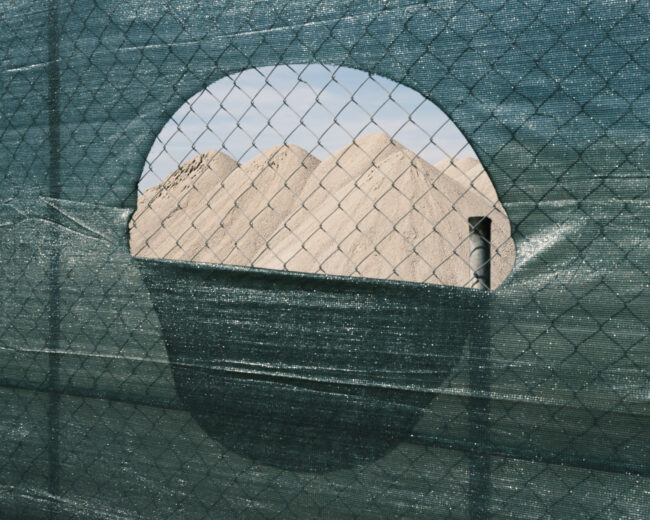
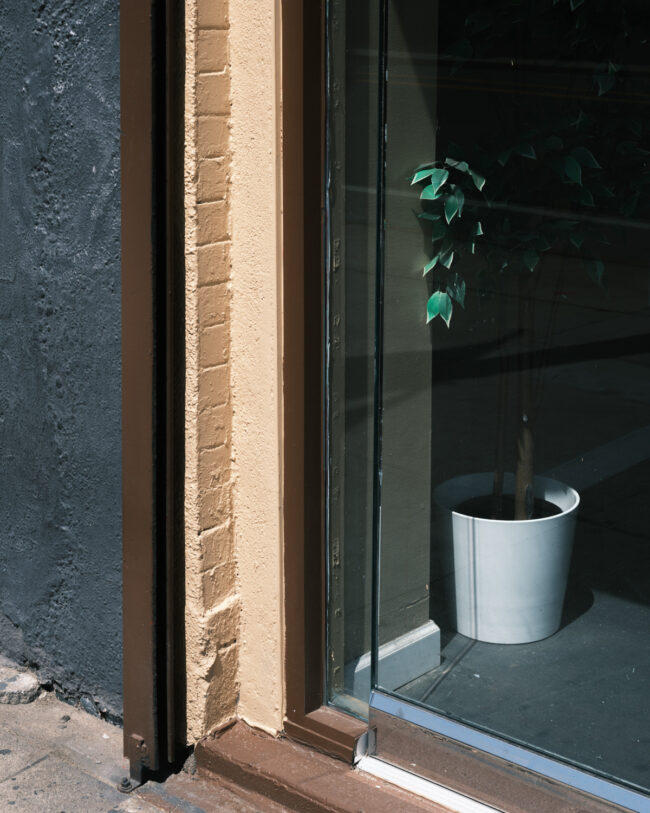
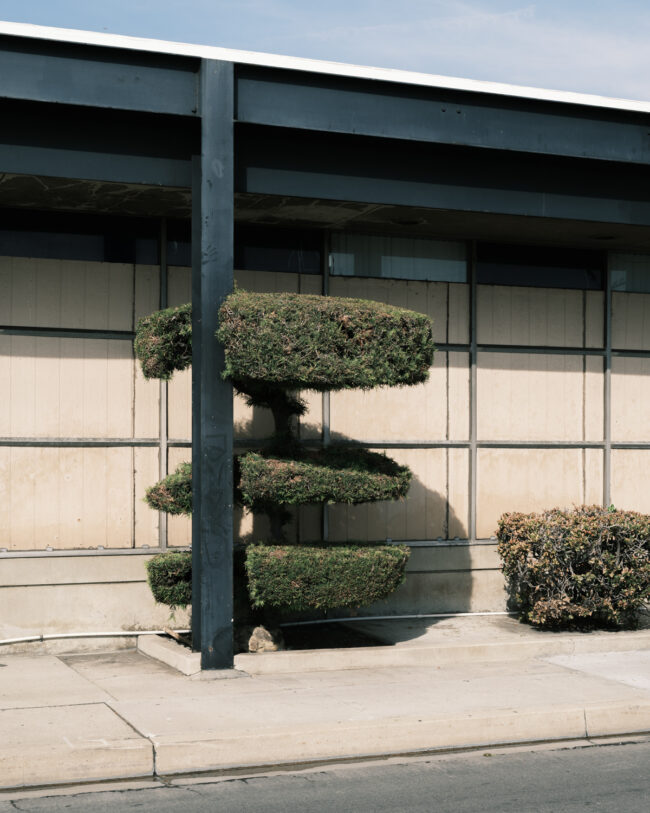
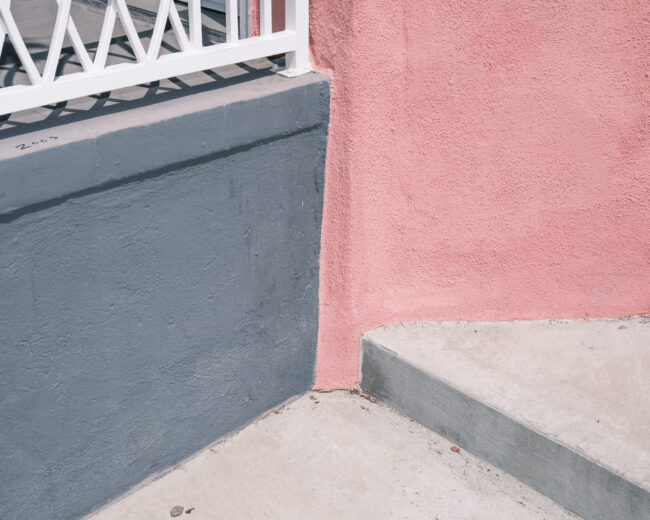
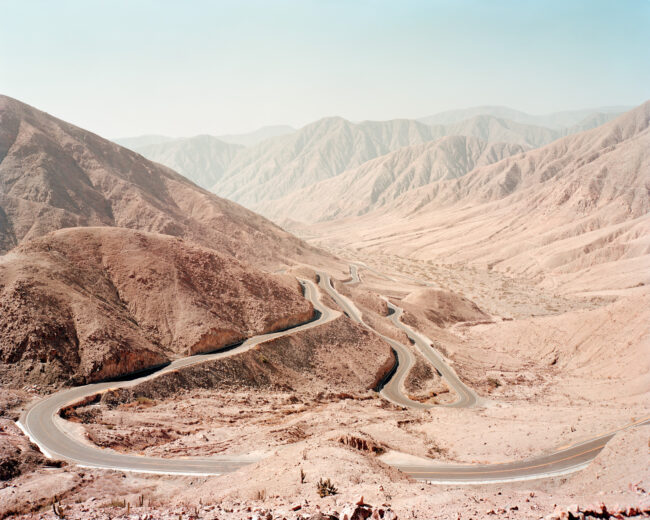
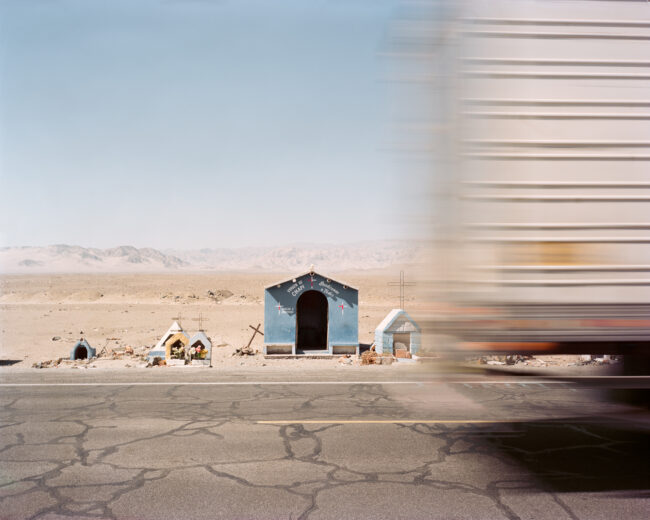
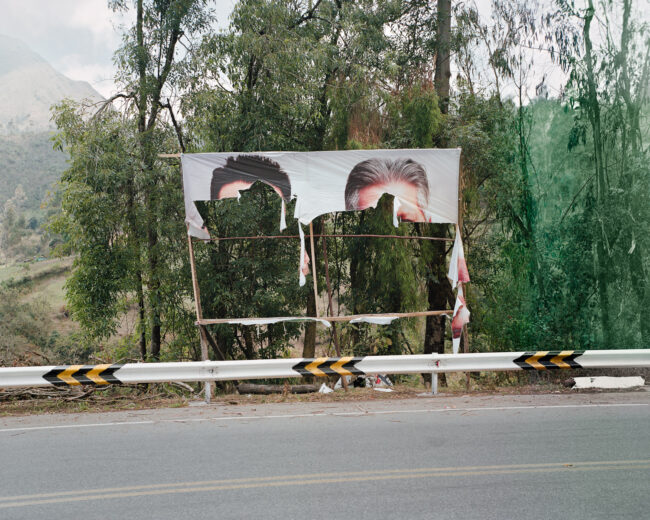
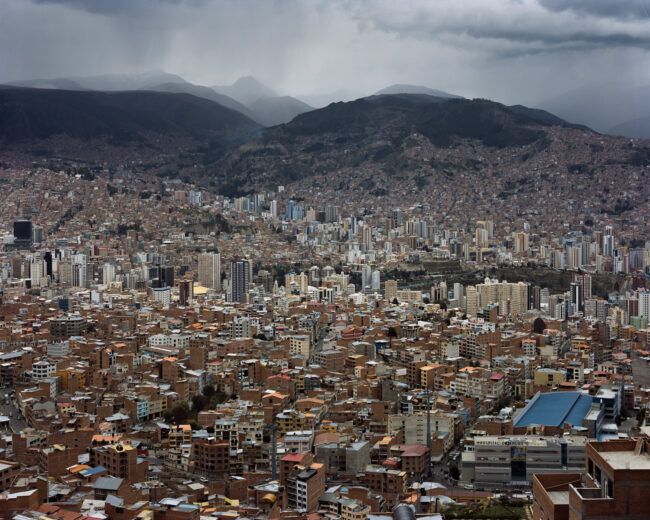

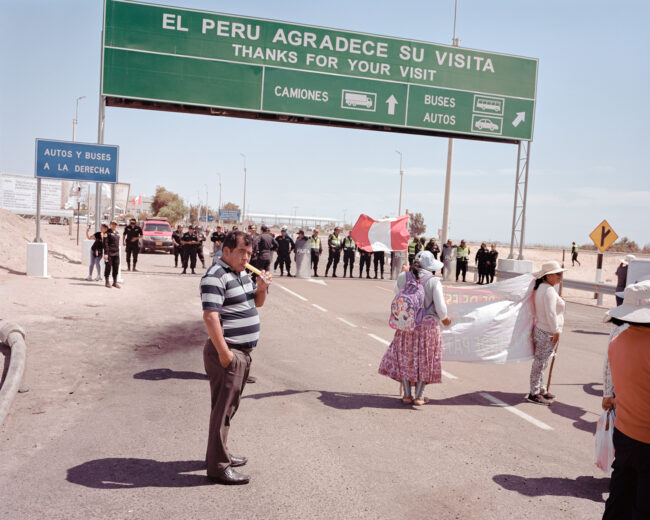
1 Comment
[…] The Daily Edit – Aidan Klimenko talks about “wins” or “successes” stemming from work perso… […]
Comments are closed for this article!